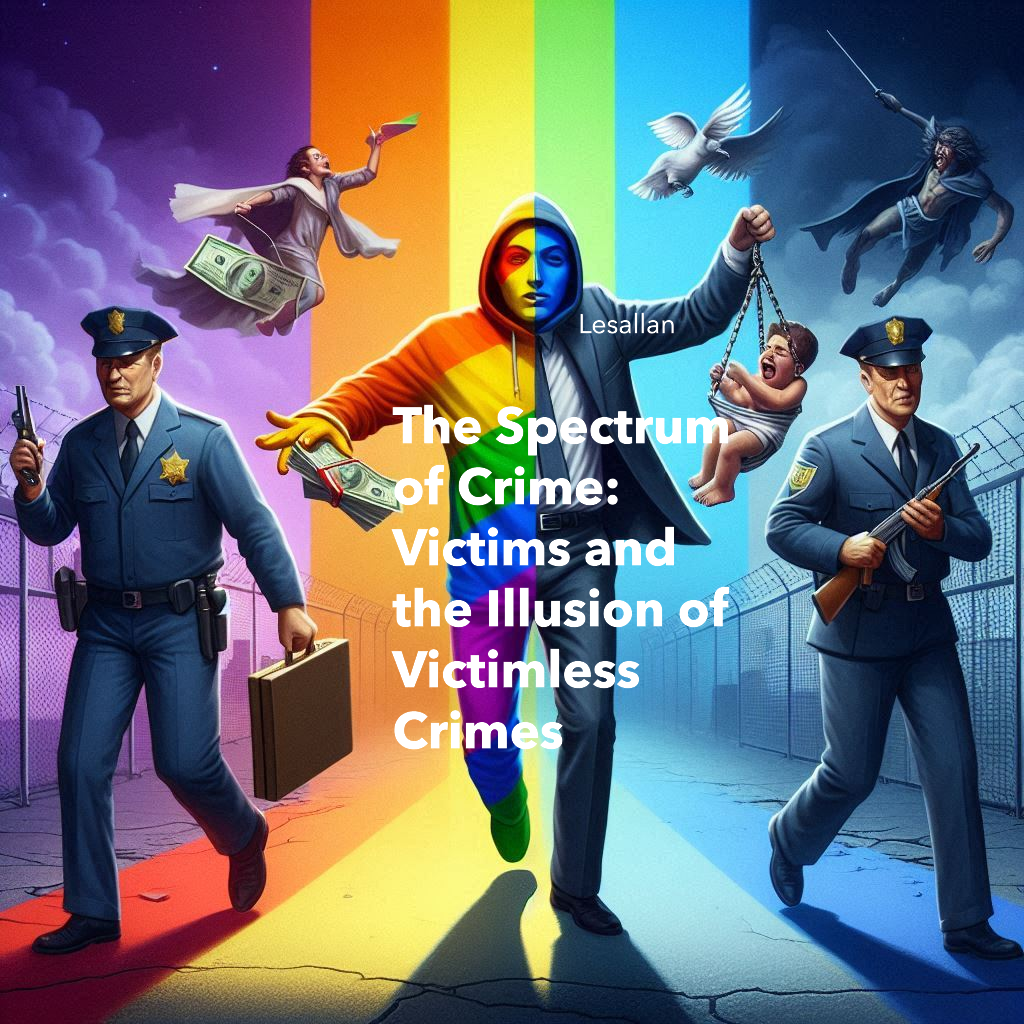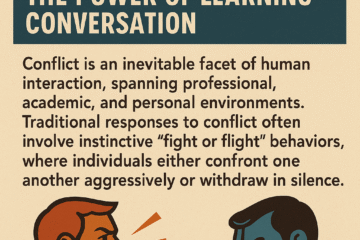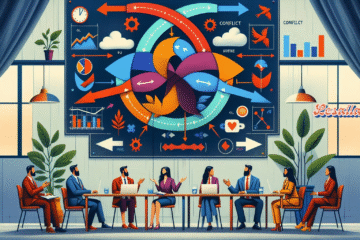July 3, 2024

The Spectrum of Crime: Victims and the Illusion of Victimless Crimes
Lesallan Bostron
Ohio Christian University
CJU1010 Introduction to Justice Systems (ONL24F1)
Professor Quinn
July 3, 2024
The Spectrum of Crime: Victims and the Illusion of Victimless Crimes
Understanding the nature and impact of crimes is pivotal in criminal justice. This essay will delve into ten types of crimes, their victims, and the concept of victimless crimes. Within criminal justice, a thorough comprehension of the intricate nature of crimes, their victims, and the fallacious notion of victimless crimes is paramount. This insight affords a more comprehensive perspective on diverse criminal acts’ societal and individual ramifications (Masters, 2021). How does understanding the spectrum of crimes, their victims, and the concept of victimless crimes contribute to a more effective and equitable criminal justice system?
Theft is a common crime involving the unauthorized taking of another’s property. The victims are those who suffer property loss, enduring both emotional distress and financial hardship (Masters, 2021). Theft, often categorized as petty or grand based on the value of the stolen property, directly affects an individual or entity by depriving them of their belongings. The emotional distress caused by theft can sometimes outweigh the monetary loss, making it a crime with significant personal impact.
Assault, which involves inflicting physical harm, directly affects the victim’s physical well-being and mental peace. The fear and trauma following an assault can have long-lasting effects on the victim’s life, influencing their sense of safety and interaction with society (Masters, 2021).
Fraud, a crime of deception for personal gain, leaves its victims grappling with monetary loss and a breach of trust, which can lead to emotional distress. The complexity of these crimes often makes recovery and justice challenging (Masters, 2021).
Drug abuse, while often perceived as self-harm, has far-reaching effects. The user, suffering from health issues and addiction, is the primary victim. However, the societal impact, including the burden on healthcare, crime related to the drug trade, and the emotional toll on the user’s family, makes it a public concern (Masters, 2021).
Cybercrime, encompassing activities like hacking, phishing, and online harassment, exploits the anonymity of the internet. Victims suffer privacy invasion, monetary loss, and emotional distress. The global nature of these crimes adds complexity to prevention and prosecution (Masters, 2021).
Vandalism and trespassing are crimes against property that leave their victims—the property owners—with monetary loss, feelings of insecurity, and a violation of privacy. Vandalism, the willful destruction of property, infringes upon the rights of property owners. Public vandalism, such as graffiti or damage to public facilities, impacts community aesthetics and communal harmony. Trespassing, the unlawful entry into another’s property, infringes on the owner’s right to privacy and security (Masters, 2021).
Prostitution, despite being between consenting adults, has the potential for exploitation. Sex workers, often driven by desperation, face risks of violence, health issues, and social stigma. The debate around its victimless nature often overlooks these aspects (Masters, 2021). However, the concept of ‘victimless crimes’ is often debated. As Fletcher (2019) points out, ‘There is no real definition of a “victimless crime” because crimes of this nature do not exist” (Fletcher, 2019). There are, however, several statutory offenses that, if engaged in, may not have an apparent victim. The dichotomy of these statements is that the word “victimless” can be interpreted as widely or as narrowly as one wishes. (Fletcher, 2019). This perspective underscores the complexity of defining and addressing victimless crimes within the justice system.
Tax evasion, insider trading, and white-collar crimes have broader societal impacts. Tax evasion deprives the government and society of funds for public services, making it a crime against society. Insider trading, a white-collar crime, undermines the fairness of financial markets. Traders without access to insider information are at a disadvantage, making them victims. It erodes trust in the market, affecting its overall health (Masters, 2021).
The impact of crime extends beyond the immediate act and victim. Understanding this helps develop effective crime prevention and rehabilitation strategies, contributing to a more just society. This understanding is fundamental to pursuing justice and developing effective crime prevention strategies (Masters, 2021).
This essay discusses a range of crimes, from theft and assault to white-collar crimes like tax evasion and insider trading. By understanding the breadth of crimes, the criminal justice system can develop targeted prevention, intervention, and rehabilitation strategies. Each crime discussed in the essay identifies the victims and the impacts they experience. This recognition is crucial for a more effective and equitable criminal justice system, as it helps us understand the full extent of harm caused by crimes and can guide victim support services.
The notion of ‘victimless’ crimes has been challenged, using the example of prostitution. It highlights that even in crimes perceived as victimless, there can be significant harm and exploitation. Recognizing this can lead to more nuanced laws and policies that address the underlying issues.
It has been suggested that understanding the complexities of crimes, their victims, and the concept of victimless crimes can contribute to more effective crime prevention and rehabilitation Strategies. This understanding can also promote fairness by ensuring that all types of crimes and all victims are recognized and addressed.
In summary, the argument is that a comprehensive understanding of crimes, their victims, and the concept of victimless crimes is fundamental to pursuing justice and developing effective strategies within the criminal justice system. This understanding can contribute to a more effective system (preventing crime and supporting victims) and more equitable (recognizing and addressing all types of harm).
References:
Masters, R. (2021). CJ: realities and challenges. Mcgraw-Hill Education.
Fletcher, R. (2019). Victimless Crime – Criminology. Oxford Bibliographies.


